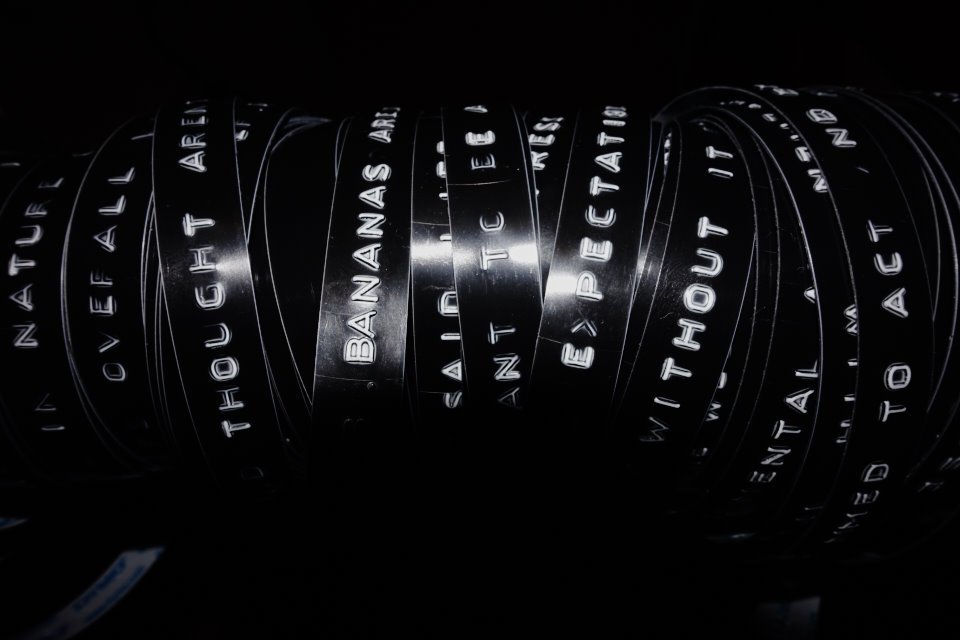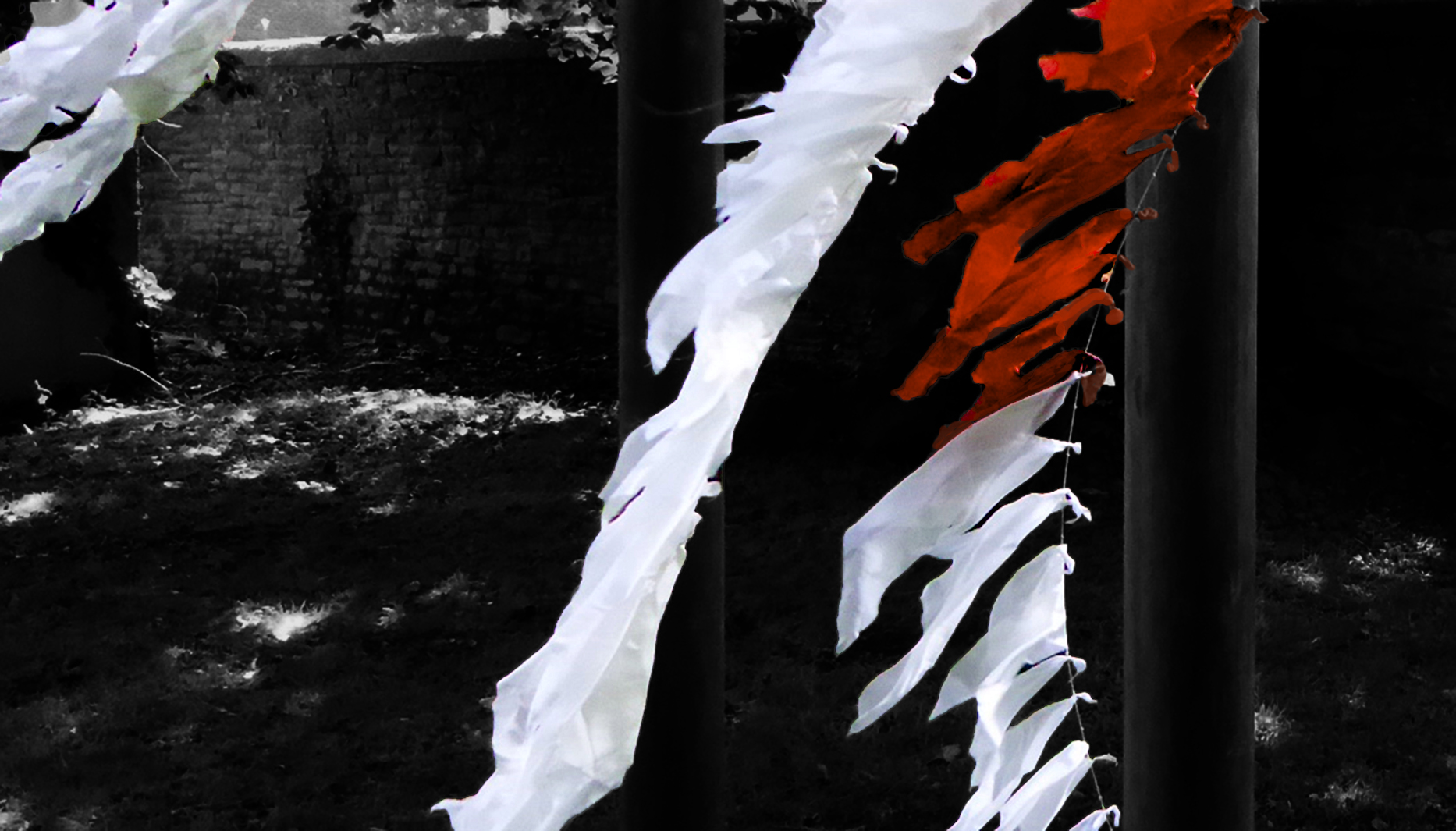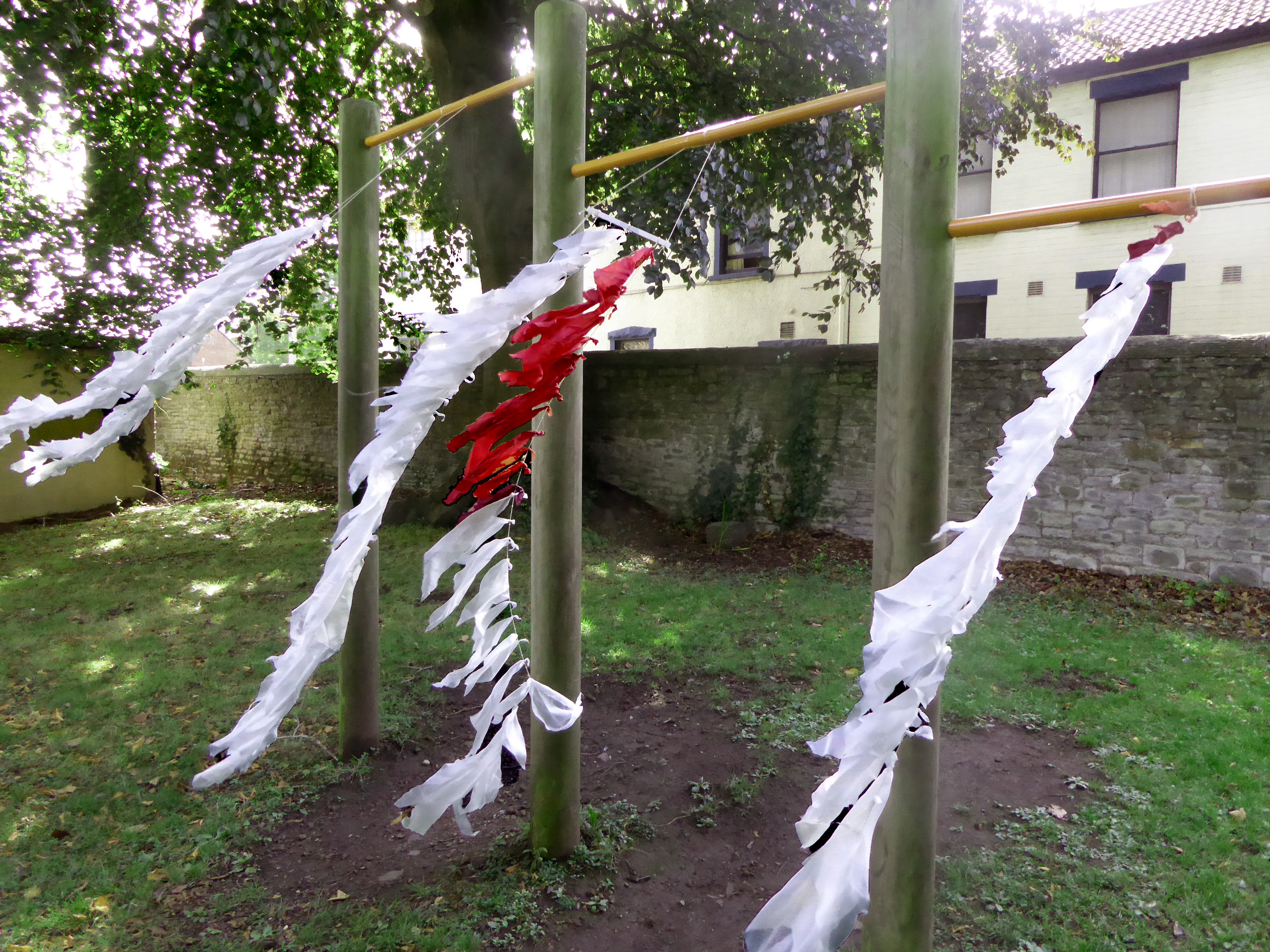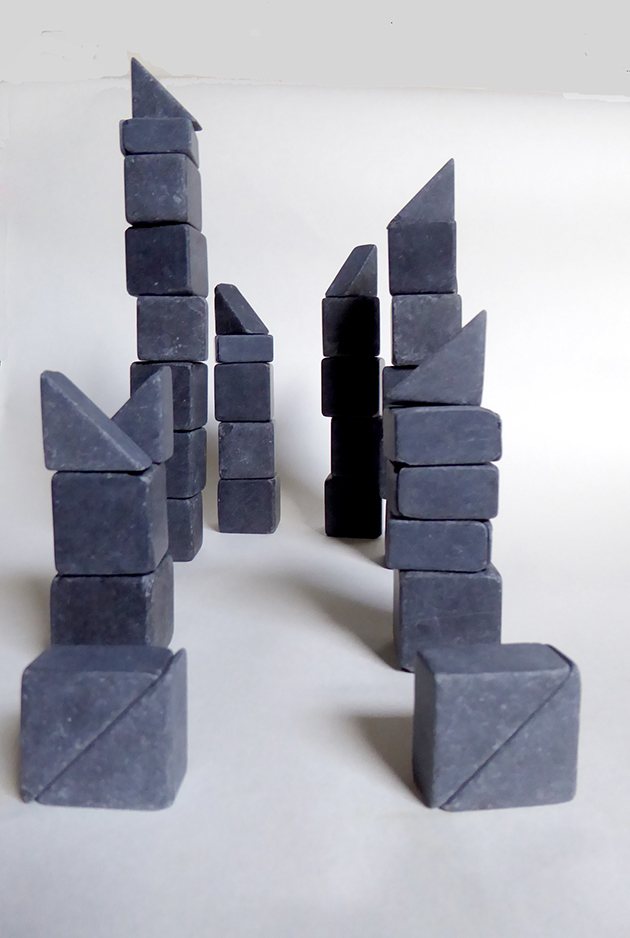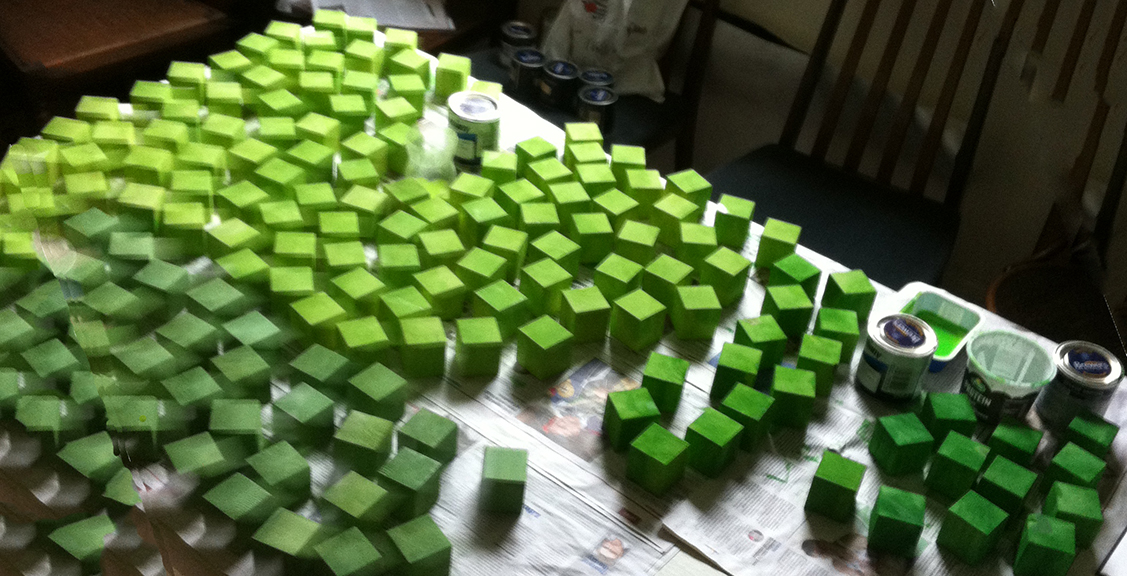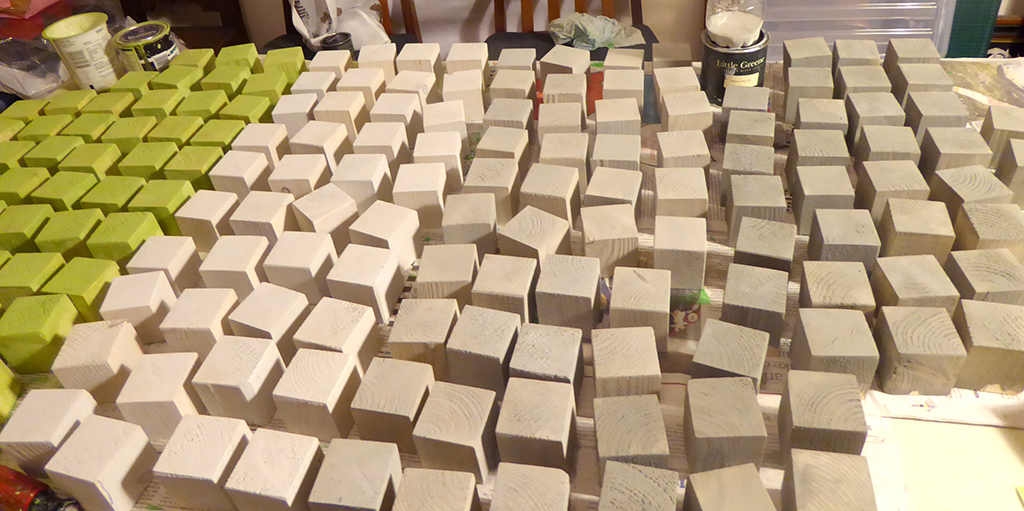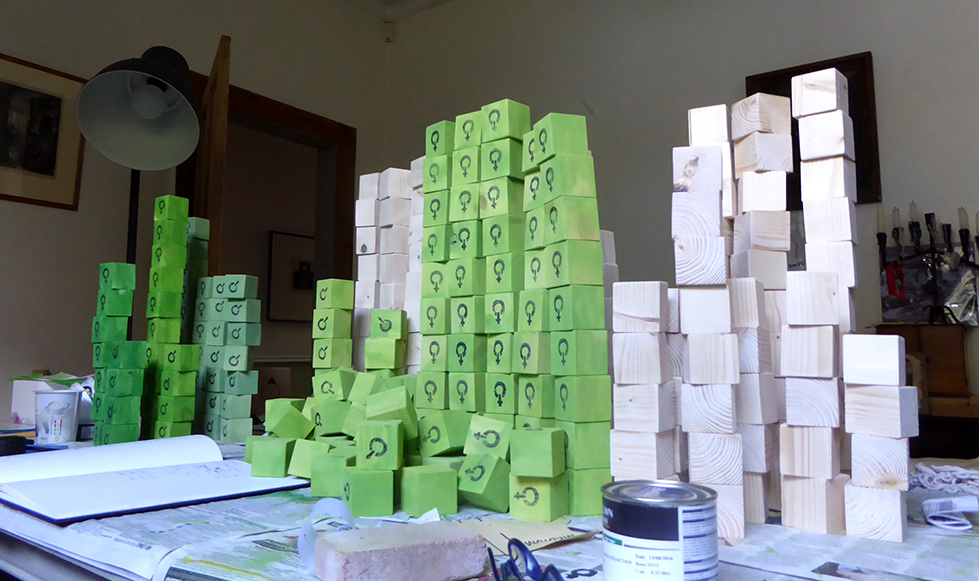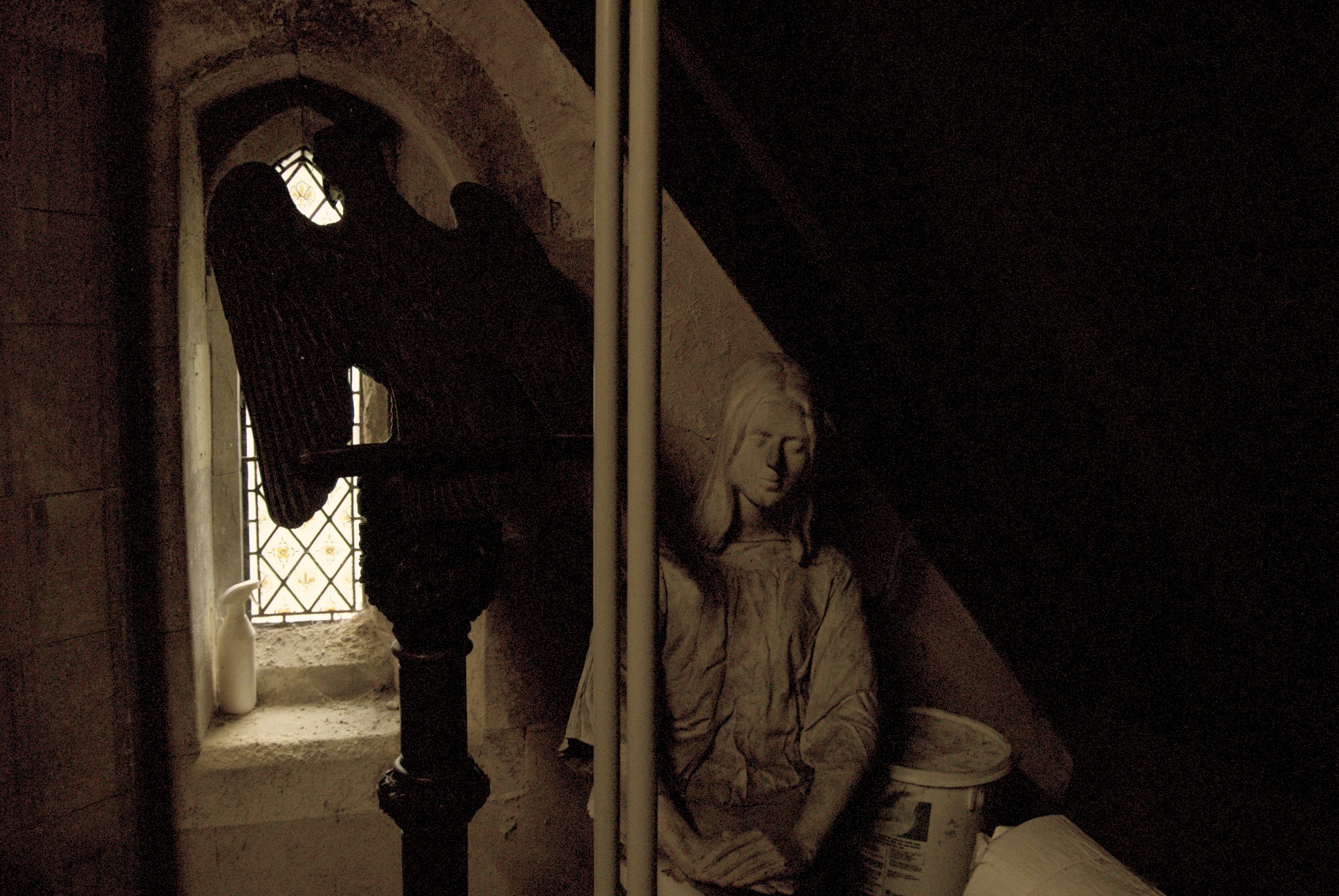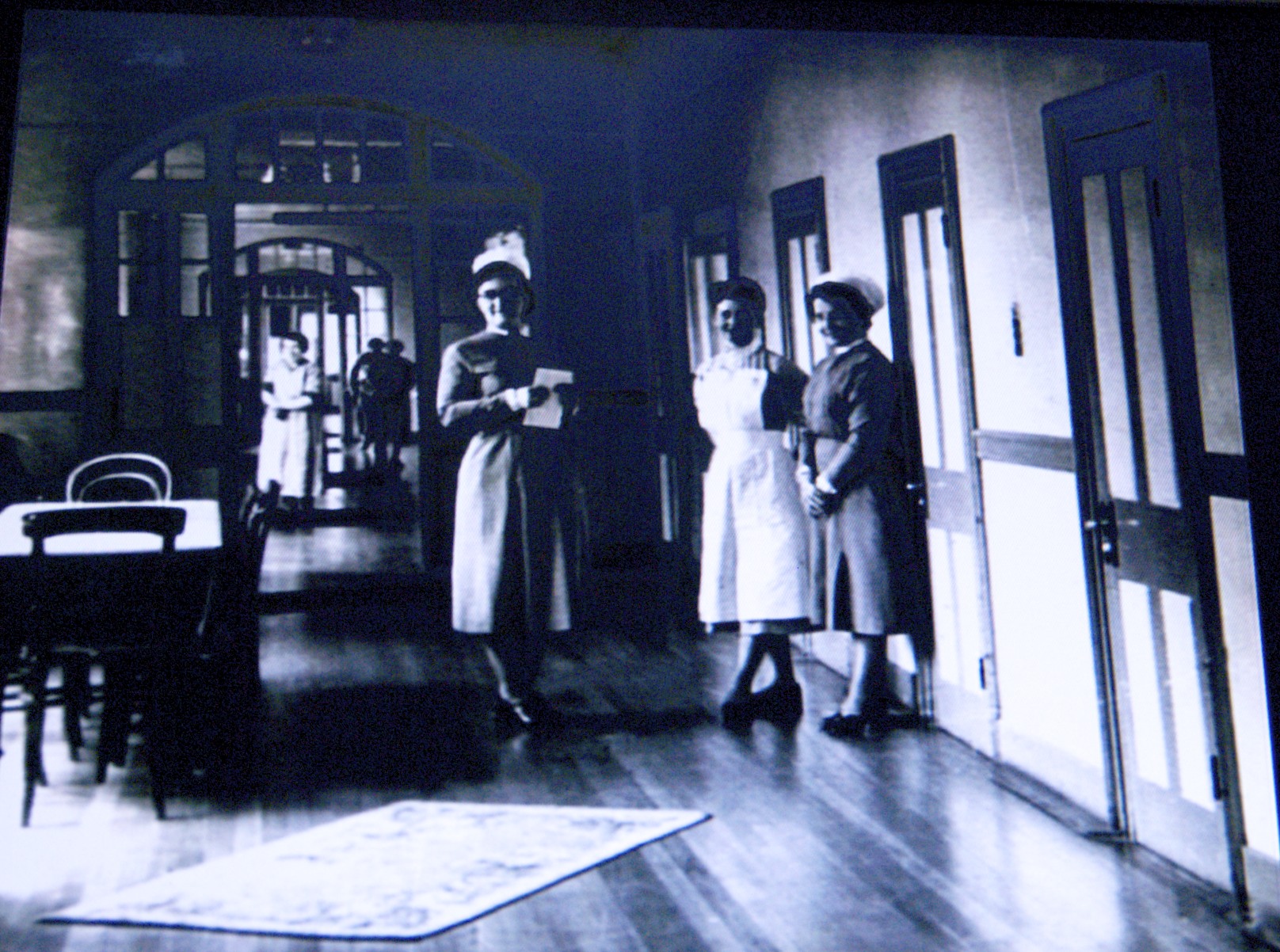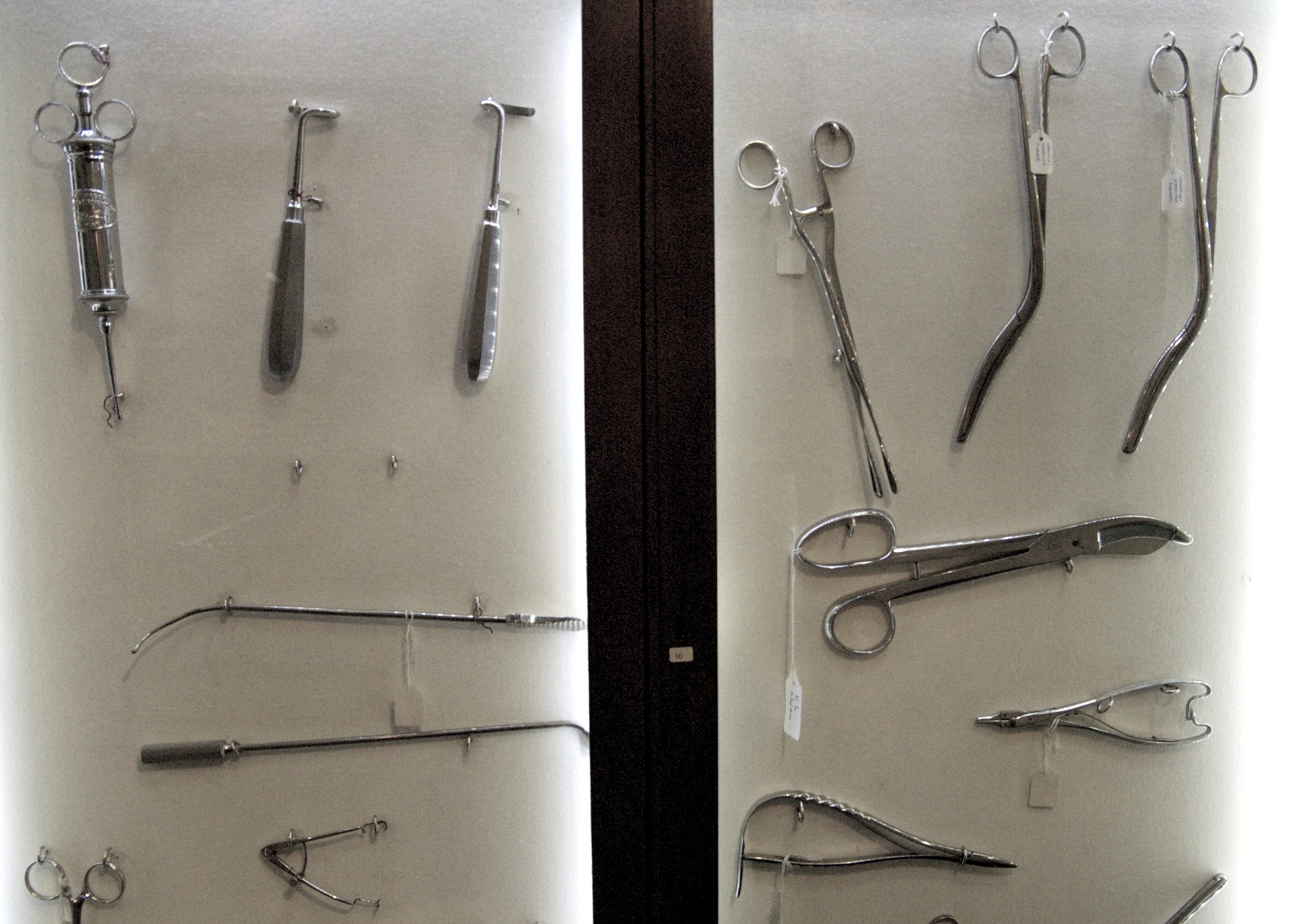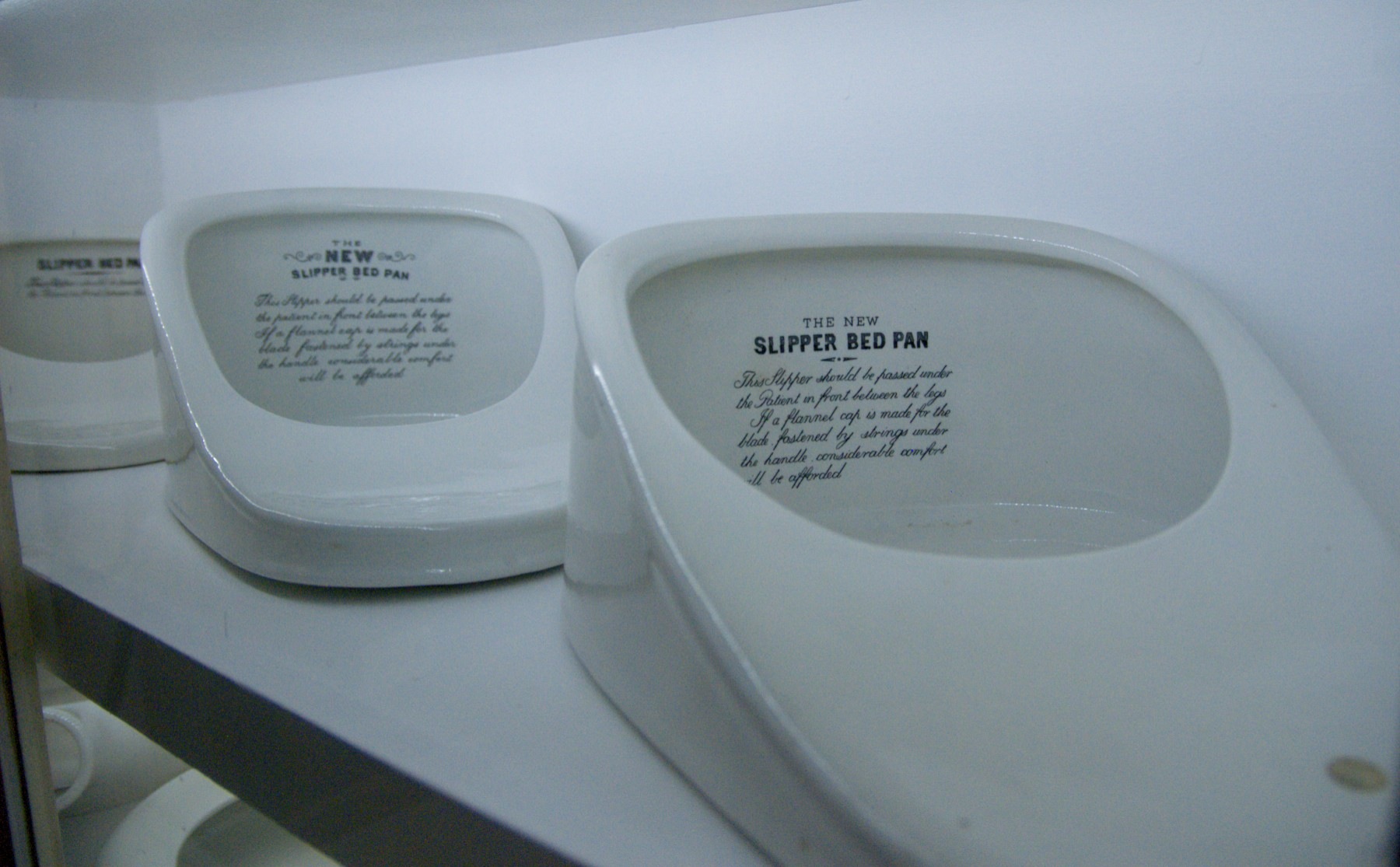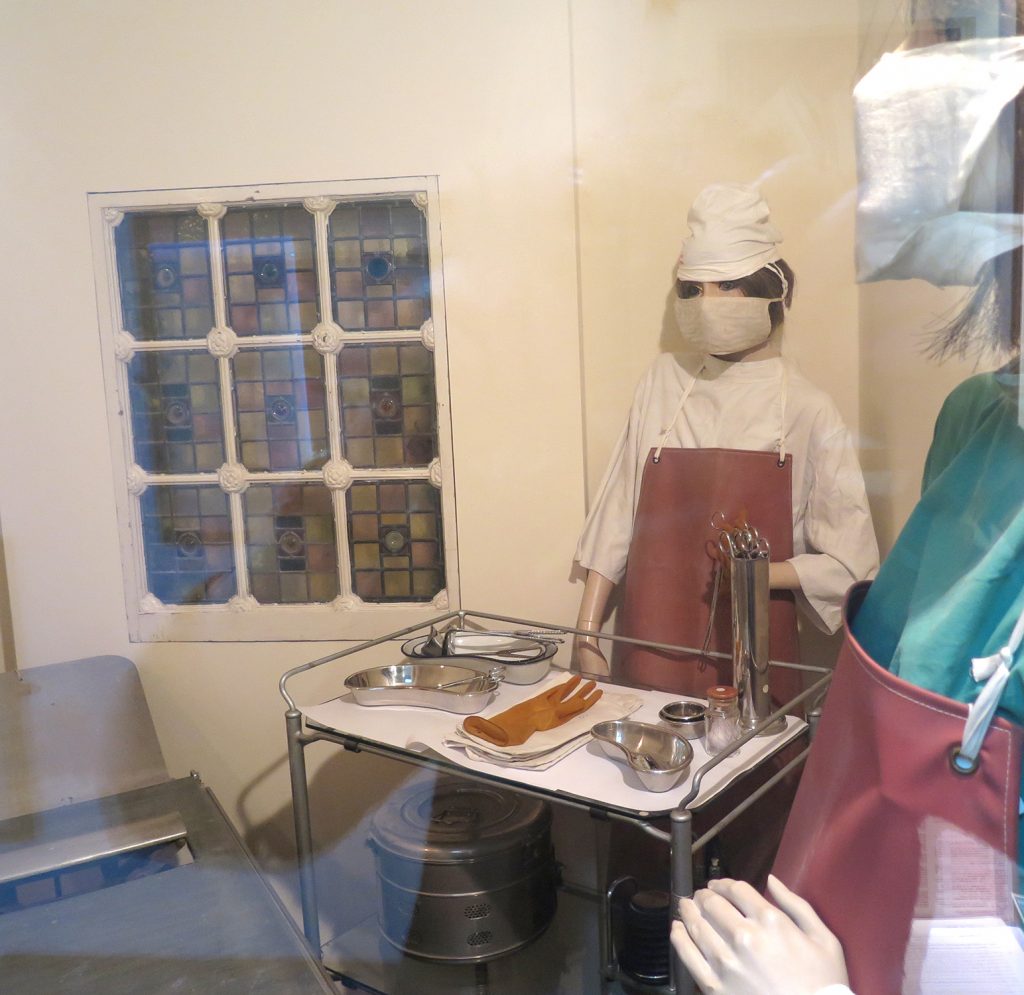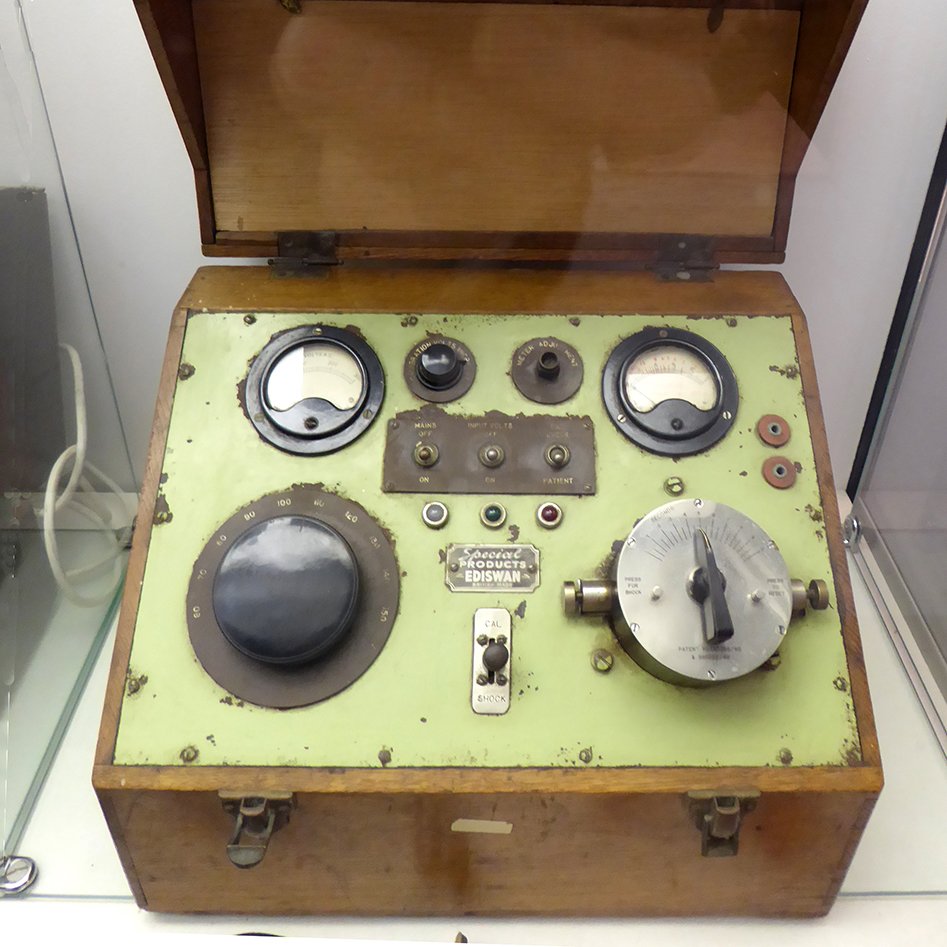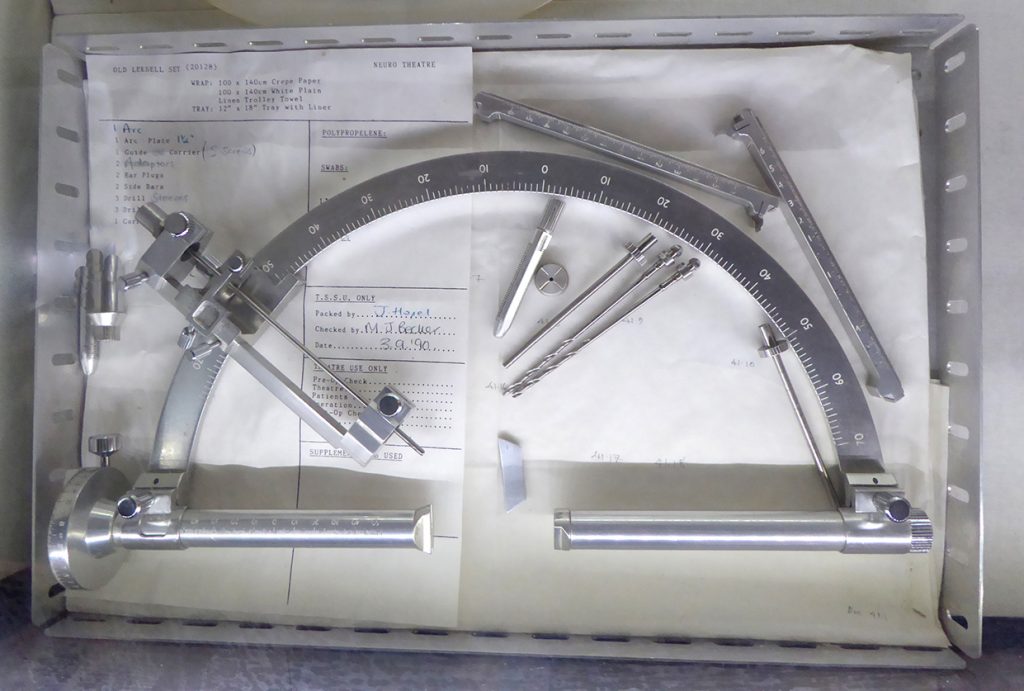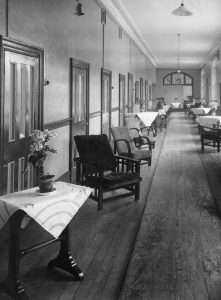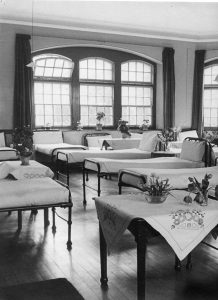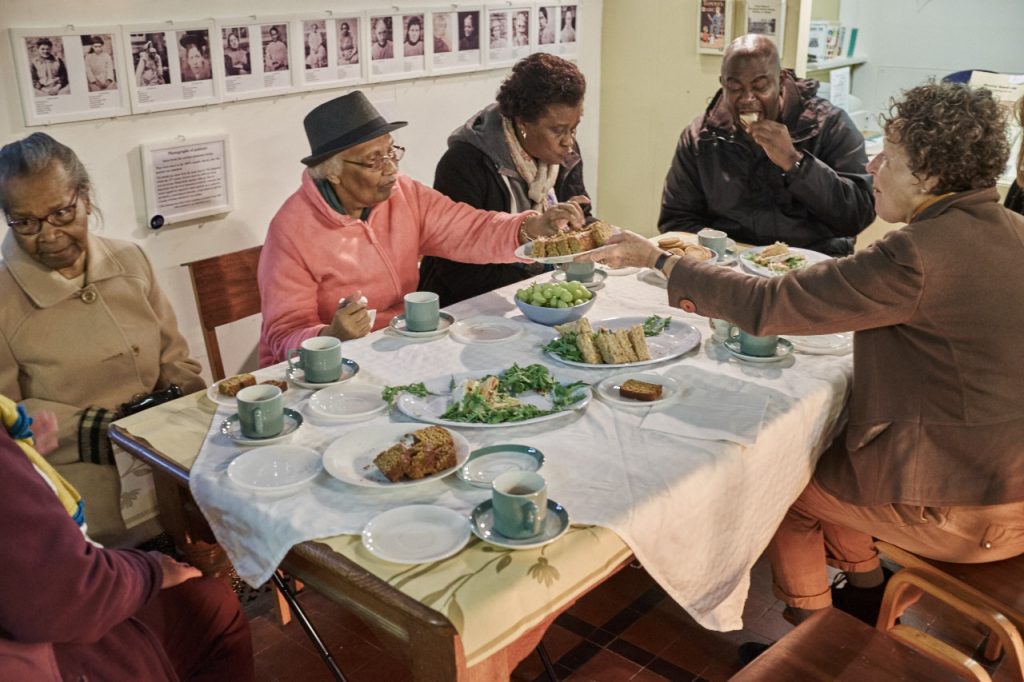
We put on a picnic lunch in the museum so that people could enjoy the experience of looking at the collection and share their memories of what is was like to work in Stoke Park, Cosham, Hanham and Glenside Hospitals from the 50’s onwards.
Fewer people attended than we had hoped due to illness and bad weather. However, the discussions that took place were probably more intimate because of this. It was very moving to be given an insight into how it felt to work in both Stoke Park and Glenside hospitals.
One example of the depth of the experiences that were shared moved us all to tears. Mrs. D, was recruited in Jamaica at the age of 19 to work in Stoke Park Hospital, she told us of her experiences when she arrived in Bristol and went to work. She described herself as having been treated like a princess by her mother “My hands had never touched dirt”.
She went to be interviewed at Stoke Park at 9am in the morning and was given the job straight away. She was expected to begin work at ten that same day, provided with a uniform and ‘given’ a Ward to look after without supervision or training. Mrs D told us of the shock, horror and disgust she felt on seeing the profoundly disabled children. Mrs. D was very honest about her feelings. She had had no idea that “such people could live”. She talked about crying herself to sleep for “three months solid”. When asked how long she had endured it Mrs D replied “44 years”. Asked, what had kept her going back day after day she responded quizzically, “Love, of course, love kept me going. I knew that the children would suffer from the loss of me, would miss me, and thought that they had enough to endure.” There were nods and mutters of agreement from the other participants and not a dry eye in the house.
We plan follow up sessions with The Golden Agers because there is a wealth of material about the experiences of Caribbean nurses who worked in these hospitals that it bears further investigation. Ideally, we would like to collect stories, experiences and artefacts and make a permanent display in the museum to reflect the contribution made by Caribbean Nurses. We intend to fund raise separately for this project.
Pat Jamieson, 16/11/2016

